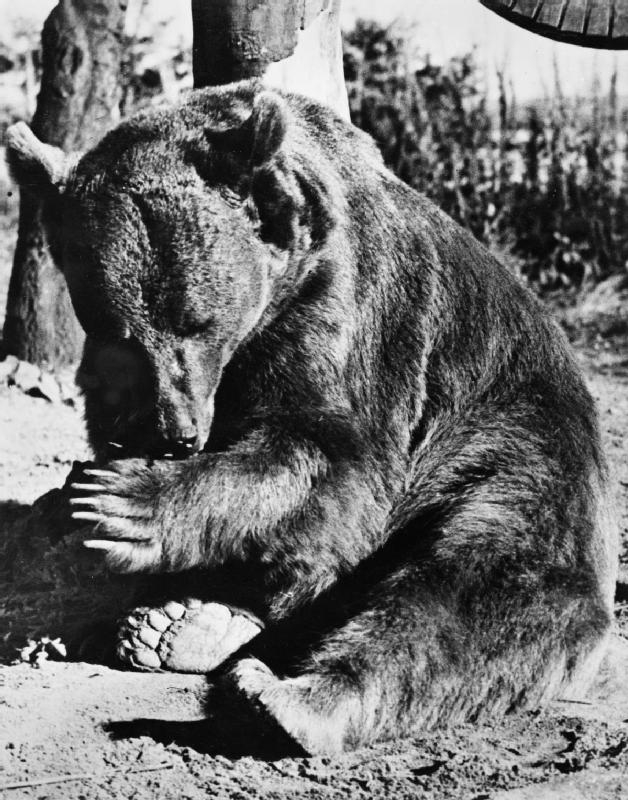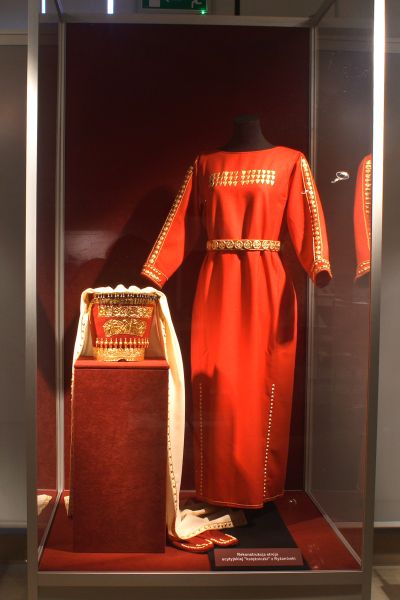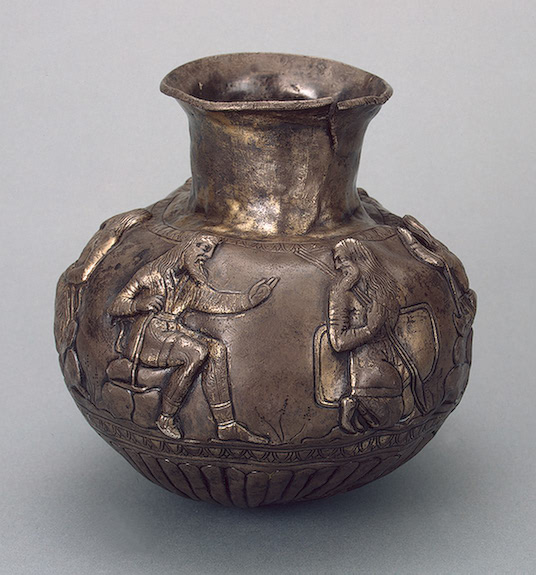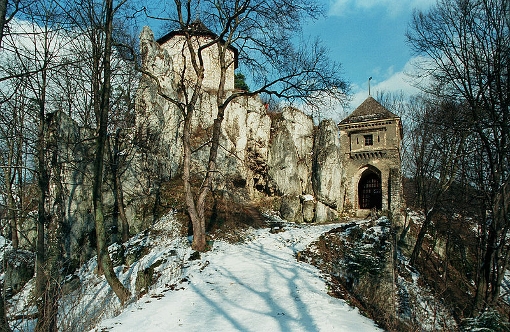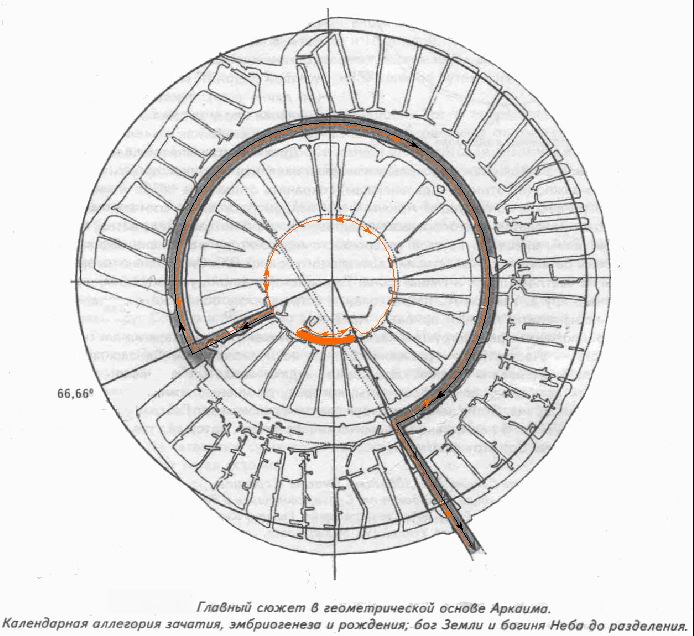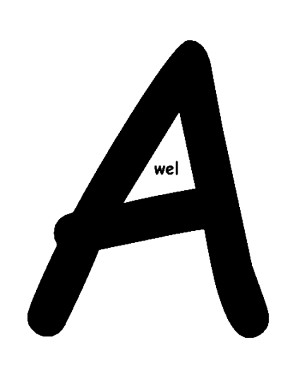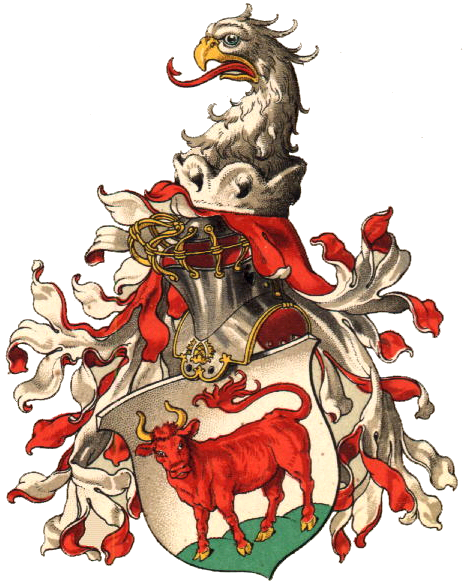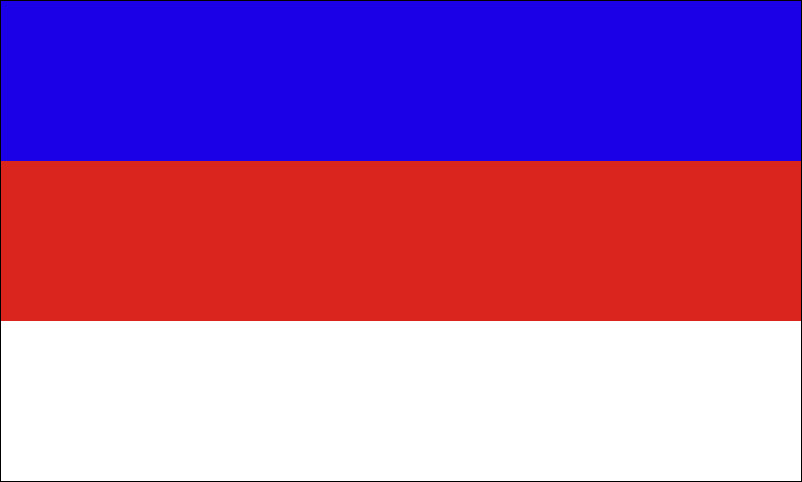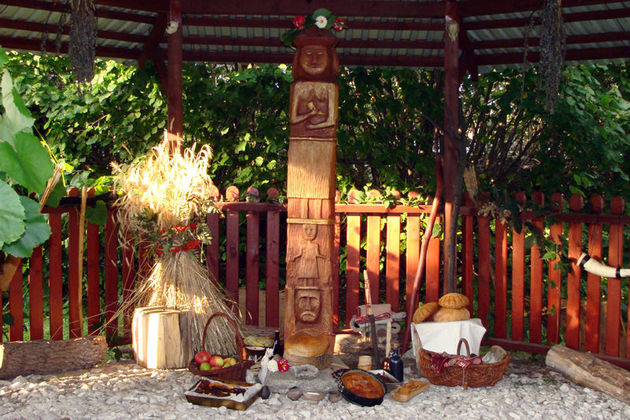Ksiądz Stanisław Pietrzak – Ród R1a macierzą Praindoeuropejczyków i Słowian
 Nowe wiadomości z genetyki rzutujące na genezę języków słowiańskich i indo-irańskich (R1a) oraz celtycko-germańskich (R1b) – warto przeczytać u księdza Stanisława Pietrzaka, tutaj tylko część nowego materiału, opublikowanego 22 marca 2016. CB:
Nowe wiadomości z genetyki rzutujące na genezę języków słowiańskich i indo-irańskich (R1a) oraz celtycko-germańskich (R1b) – warto przeczytać u księdza Stanisława Pietrzaka, tutaj tylko część nowego materiału, opublikowanego 22 marca 2016. CB:
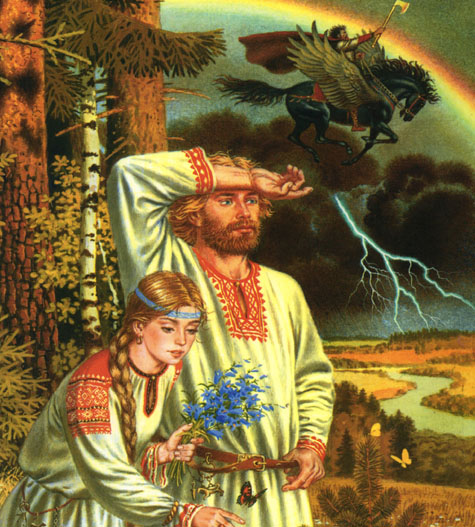
Językowa wspólnota indo-europejska
Już blisko 250 lat temu uczeni stwierdzili istnienie jakiegoś podobieństwa i pokrewieństwa między językami Europy a językami Indii, a potem także Iranu, Pakistany i kilku tamtejszych krajów sąsiednich. Od tego czasu naukowcy pytają, czy i gdzie istniała jakaś ich mała praojczyzna, gdzie mogły powstać wspólne innowacje językowe i na jakich zasadach po rozpadzie pierwotnego języka praindoeuropejskiego powstały dialekty, już jako odrębne języki indoeuropejskie (grupy kentumowej i satemowej) i rozprzestrzeniły się na odległych sobie kontynentach: indyjskim i europejskim. Innymi słowy: jakie populacje przeniosły je z Europy na Wyżynę Irańską i Półwysep Indyjski lub – odwrotnie – stamtąd do Europy? Czy jest jakiś specjalny znak rozpoznawczy tej ludzkiej grupy, która by znalazła się po obydwu stronach: indo-irańskiej i europejskiej? Gdzie i kiedy ta praindoeuropejska grupa żyła i rozwijała się?
Niezmiernie wielką pomocą w rozwiązaniu tych pytań okazały się badania genealogii genetycznej i genetyki populacyjnej.
Dzięki genetyce, zwłaszcza genealogii Y-DNA już raczej wiemy, że tą ojczyzną, gdzie formowały się praindeoeuroejskie języki nie był jakiś geograficzny region, lecz migrujący w czasie od około 20.000 a.c. (przed Chr.) do około 6000 lat a.C. ze środkowo-wschodniej Azji do Środkowej Europy genetyczny ród R1a. Dzięki kolejnym, europejskim migracjom gałęzi tego rodu, uległy iondoeuropeizacji i bratni, zasadniczo zachodnioeuropejski ród R1b oraz staroeuropejskie rody I1 i I2, rozproszone prawie po całej Europie, zwłaszcza północnej, już w okresie polodowcowym, t.j. od około 12.000 lat a.C.
Rozwój rodu (genetycznej haplogrupy) R1a ilustruje poniższa tablica i drzewo genealogiczne Rodów R1a i (skrótowo) R1b
http://www.tropie.tarnow.opoka.org.pl/polacy1.htm#Praindoeuropejczycy

